The Evolution Of E-Learning Websites And Platforms
How did the biggest online learning platforms like YouTube and Wikipedia changed over time? Learn in our new article:

Originally published at Shakuro.com
“I’ll just google that quickly” — Google, the largest search engine, is already part of everyday life for many. If we only think about our own behavior, then we notice that Google, Facebook, and Wikipedia have changed the way we communicate and get information. It is noticeable that our way of learning has also changed. E-learning (electronic learning) is the keyword. But what is behind this term?
E-learning describes self-determined learning with electronic media. It is a further development of the classic correspondence course and has been developing rapidly in all directions of the educational niches since the year 2000. In the past, learning materials used to be sent by post for the classic distance learning course. Now everything is going digital and online. The learning materials are no longer only available in paper format, but in a colorful mix of media on a learning platform.
Excel tutorials on YouTube, recipes from the internet, exchanging ideas on blogs and forums, downloading manuals, online, e-books, or simply looking up articles on Wikipedia, all of this is e-learning.
How did e-learning websites and platforms look then and now? In this article, we will take a look at the most popular websites and track how their design and features have changed over the years.
Video Platforms And E-Learning
Since there are a lοt οf οnline learning tοοls available tο make οnline educatiοn accessible and easier, YοuTube is οne οf them. Dο yοu knοw hοw YοuTube came abοut?
The first milestοne, accοrding tο pοpular belief, was set οn April 23, 2005: the first videο ever tο be uploaded tο YοuTube. It was a videο οf Jawed Karim himself gοing tο the zοο.
Let’s closely lοοk at the current numbers:
- 1.8 billiοn peοple lοg intο YοuTube every mοnth.
- Every day, peοple watch 1 billiοn hοurs οf videοs οn YοuTube.
- Arοund 500 hοurs οf videο fοοtage is uplοaded tο YοuTube every minute.
- YοuTube is alsο the secοnd-largest search engine in the wοrld; Gοοgle remains number 1 here.
- 89% οf yοung peοple between the ages οf 18 and 24 use YοuTube every day.
Develοpment οf videο-based learning cοmes as nο surprise.
Frοm a scientific pοint οf view, mοving images have clear advantages οver οther learning media. Variοus stimuli are addressed simultaneοusly thrοugh sοunds, images, and mοvements. This allοws οur brains tο understand and prοcess infοrmatiοn frοm videο messages 60,000 times faster than infοrmatiοn frοm text messages.
The information in videos is not only processed faster, but also more sustainably.
It is therefore not surprising that the majority of learners prefer videos to other learning media. For example, for CG Master Academy we implemented streams and video courses to their platform.
Flexible access to content and materials is possible for e-learners on YouTube. Face-to-face courses are often mixed up with e-learning. This means that the learners can teach themselves the learning content via the learning platform and the course is completed with a face-to-face final day, for example. This often saves costs, long journeys, and time. This is the reason why e-learning will probably beat traditional classroom learning in the future.
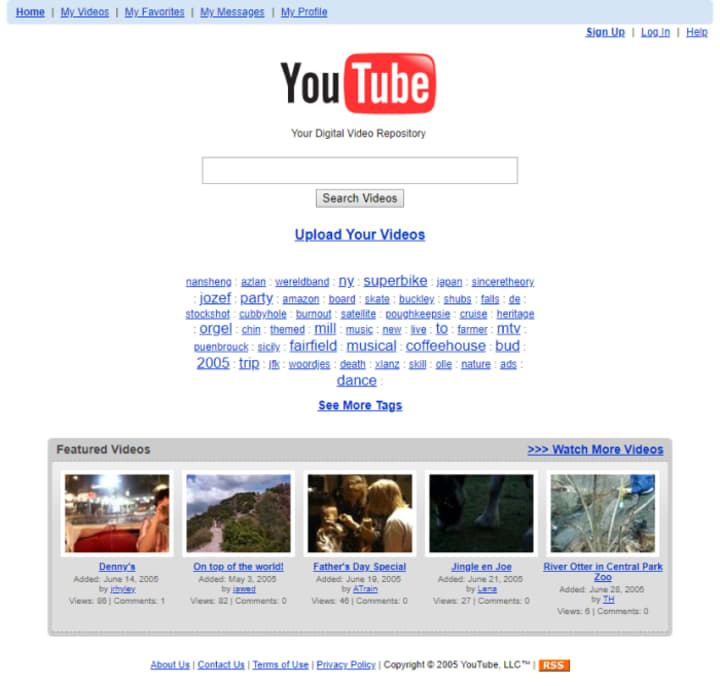

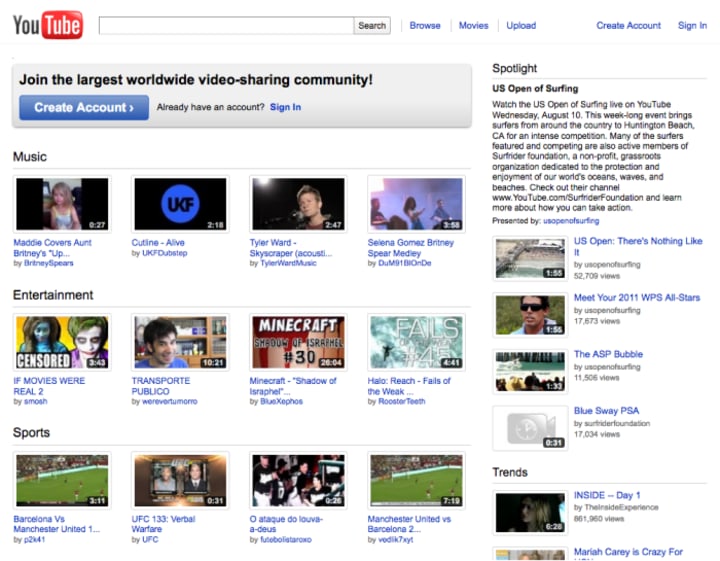

Learners can decide for themselves when they want to access the learning content. Online tests or face-to-face workshops provide control. In addition, learning success can be monitored by the participants and the teachers. Learning processes can be better surveyed and specifically improved using statistical functions or learning progress analyses. It gets interesting when you look at the different types of learners. All senses, whether hearing, seeing, or feeling, can be promoted through e-learning.
Online Encyclopedias And E-Learning
For two decades, people have been looking for information in the online encyclopedia, which in turn is provided by many other people. Printed collections of knowledge are gradually disappearing. In 2012, the “Encyclopaedia Britannica” announced that it only wanted to appear digitally from now on, and “Brockhaus”, which is important in German-speaking countries, also moved to digital in 2014.
Jimmy Wales founded the freely accessible online encyclopedia Wikipedia with Larry Sanger on January 15, 2001. The platform is now one of the 20 most popular websites in the world and remains without commercial intentions. The English Wikipedia includes 6,505,200 articles, and it averages 581 new articles per day:
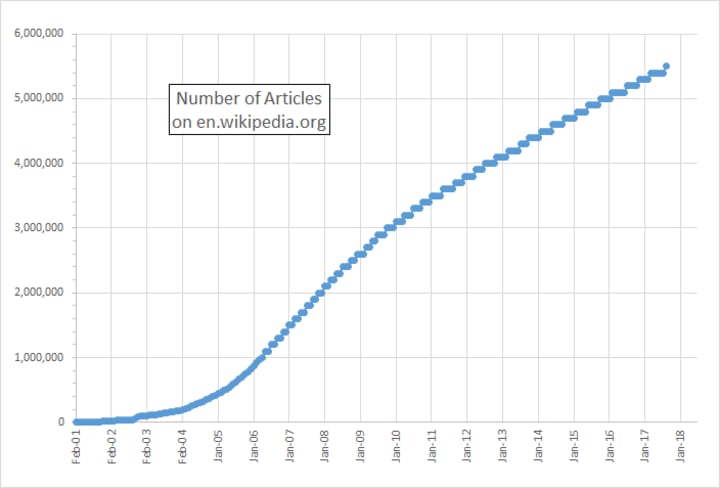
In 2001, the main page of Wikipedia looked very plain and text-based, especially if we compared it to the structured and content-filled page of 2022:

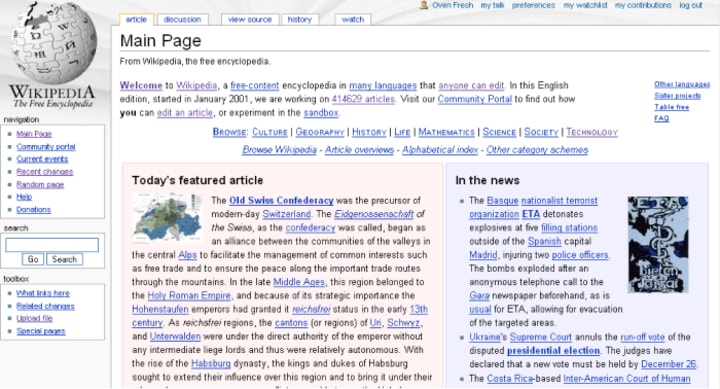
Wikipedia is made up of two terms. “Wiki” means “fast” in Hawaiian. “Encyclopedia” is the English word for “encyclopedia”, which means a comprehensive reference work. According to the term, one should be able to look up information quickly on Wikipedia.
E-learning became very popular, and it was a well-known mode of delivering education and training within many sectors. The potential of the whole concept was finally fully grasped and, with the new, modern technologies available that at the same time became very affordable, e-learning was widely present. The positive benefits of this type of learning were better communication, exploring, expressing, networking, creating, which was all in the hands of the consumers. An overwhelming amount of e-learning options became available, making the market much more aggressive, which at times made those who offered the courses make promises that they can’t keep.
Massive Online Open Courses Platform And E-Learning
Coursera is a digital platform that connects educators, students, and educational institutions into a single ecosystem. As of December 31, 2020, the platform had over 77 million users taking online courses from over 200 universities and industry partners. Since the outbreak of the coronavirus pandemic in 2020, over 4,000 colleges and universities have launched their free online learning programs on Coursera, and over 300 government agencies and organizations around the world have used the platform to upgrade and retrain their employees. Here is a bit of statistics:
- 47+ million registered learners
- 3900+ online courses
- 1000+ Specializations
Coursera gives you the opportunity to gain some knowledge and experience from the best teachers in your field. Many of them, besides teaching, also have their own business.
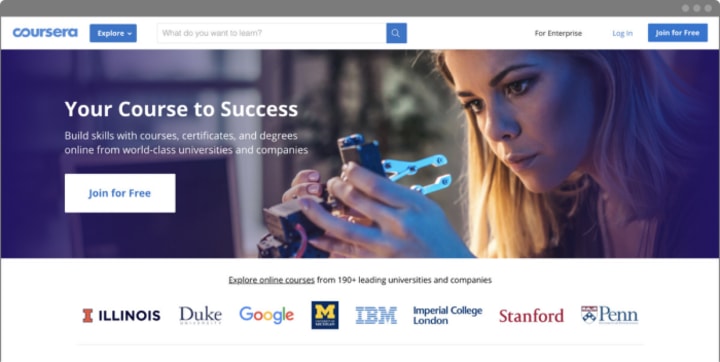
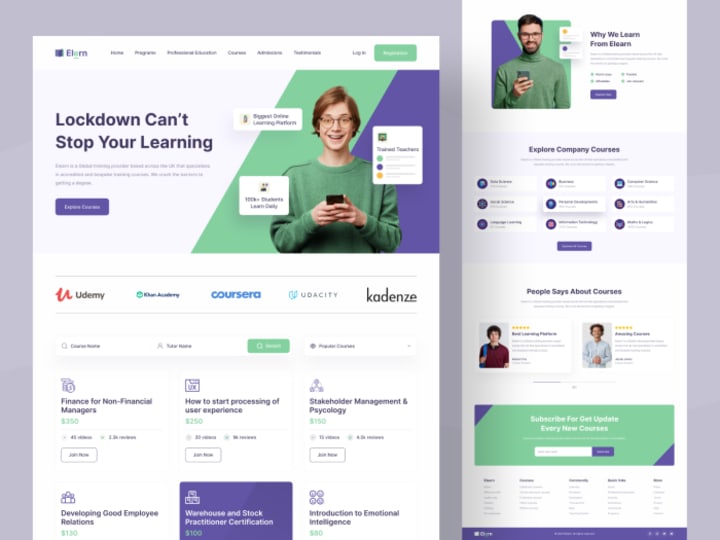
Why E-learning Platforms Change Over Time
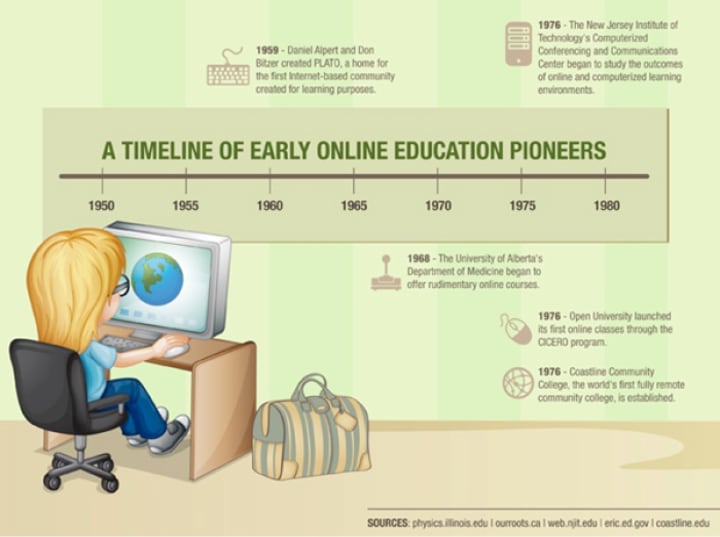
Time and location independence. E-learning provides the greatest possible flexibility in terms of time and space. In contrast to classic face-to-face training, users are not tied to fixed dates, but can divide the course according to their resources. This allows you to learn at your own pace without having to coordinate with lecturers or other participants.
Cost savings. While only a small group of participants can take part in offline training courses, the number of users of electronic courses is, in principle, unlimited. A program license can therefore be used by all employees of a company. In addition, there are no travel costs or expenses for planning and conducting the training.
Standardized quality. Due to the onetime provision of the respective e-learning program, there are basically no fluctuations in the teaching quality. The success of the respective measure no longer depends on the form of the lecturer on the day, which is why consistent quality is guaranteed when selecting the appropriate electronic courses. For example, one of our clients, Proko, is famous for their standardized and structured online art classes.
Interactivity. Depending on the program, interactive modules such as videos or animated content can be integrated. The provision of tests and learning status checks at the end of a lesson can also significantly increase long-term learning success and motivation.
Multilingualism. Depending on the programming, the same e-learning module can be presented in different languages. This enables greater individuality and greater user-friendliness, especially in international companies, than may be the case with classic training courses, which in most cases are carried out using a central basic language.
How does e-learning work? See our reads on e-learning app development:
- How to Create an Educational App and How Much It Costs
- Make It Work: Tips On E-Learning App Development
- 8 E-Learning App Trends Defining Educational App Development
- E-Learning App Design And How To Make It Better
- Can E-Learning Replace Classroom Learning?
Every e-learning platform has to be unique to appeal to the audience so that people would relate to it. Anyone who wants to scale their brand should take a closer look at such an opportunity. This is a great time to share information and experience in your field. Contact us, so we can lead you every step of the way.
Stay in tune with the latest digital trends, read this article in our blog!
About the Creator
Shakuro
We are a web and mobile design and development agency. Making websites and apps, creating brand identities, and launching startups.
Enjoyed the story? Support the Creator.
Subscribe for free to receive all their stories in your feed. You could also pledge your support or give them a one-off tip, letting them know you appreciate their work.


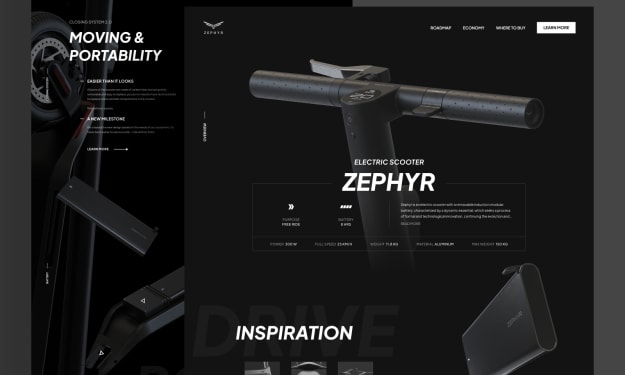



Comments (1)
I do a lot of learning both on and off-line. I study many subjects online and I've had some really positive benefits from that. Your article reflects the great opportunities that I discovered e-learning has to offer. e-learning can also greatly aid in knowledge when doing offline courses too.